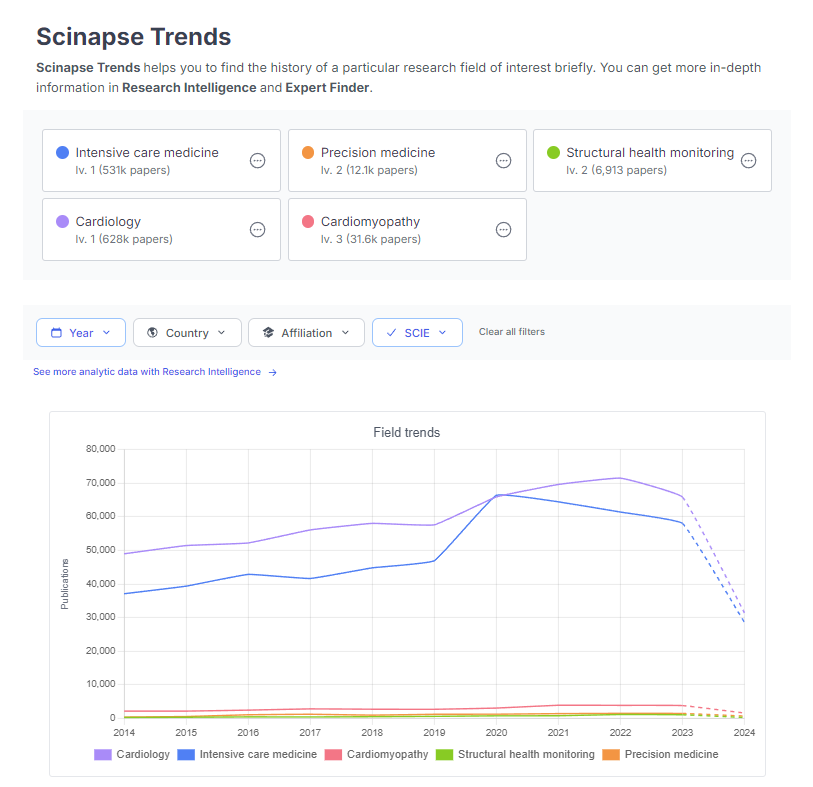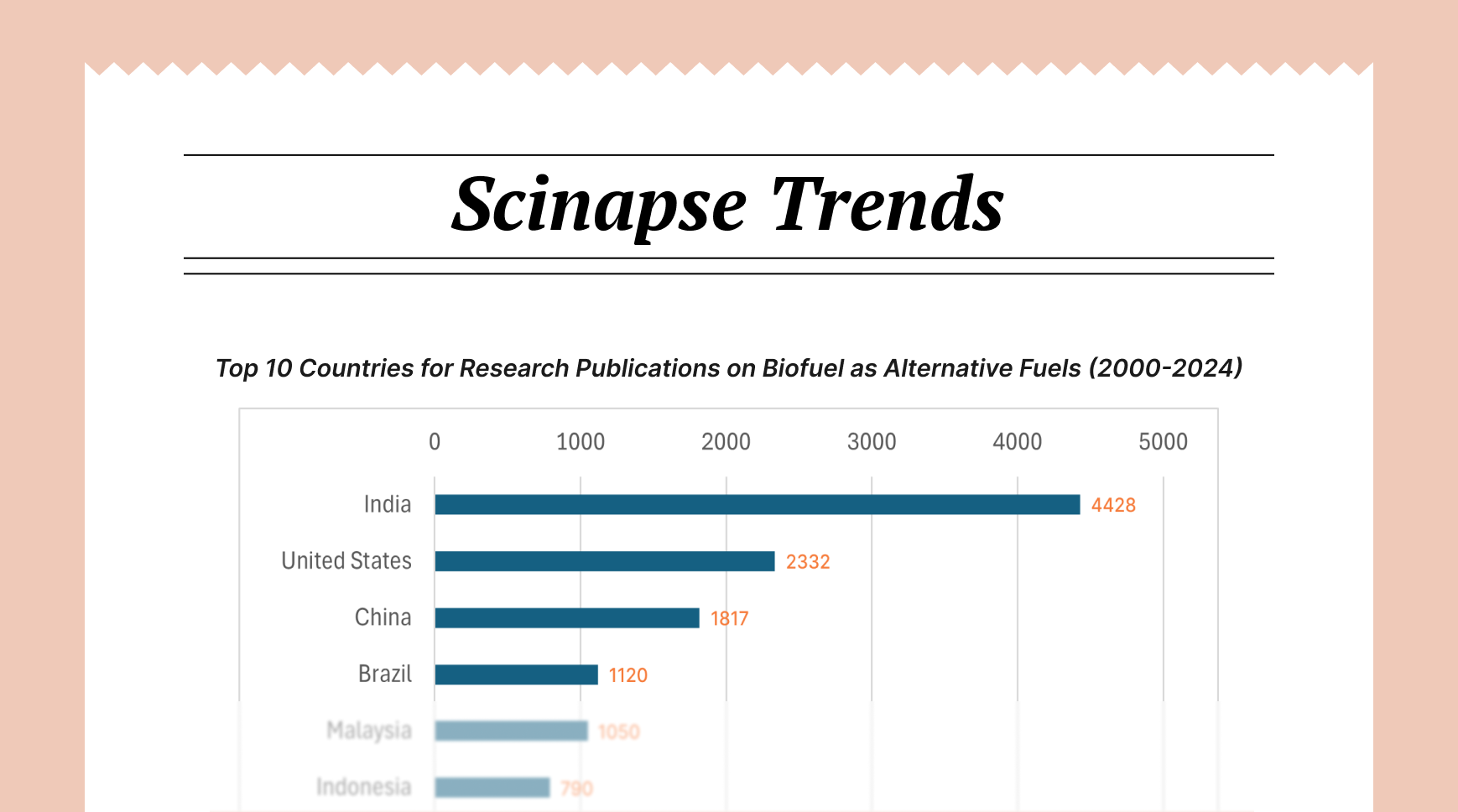Understanding Research Trends to Develop Robust Hypothesis: A Comprehensive Guide

A well-crafted research hypothesis not only directs the research process, but also lays the foundation for significant findings.
What Is a Good Research Hypothesis?
Before digging into the role of research trends, it's important to understand what constitutes a strong research hypothesis. A good research hypothesis should have a few crucial features:
- Clarity and coherence: Ensure hypotheses are explicit and specific about the expected link between variables.
- Testability and falsifiability: Experiments or studies can be designed to invalidate the theory.
- Relevance and significance: The hypothesis should address an important topic in the discipline.
- Building upon or challenging literature: Utilize existing theory and literature to enhance or question present knowledge.
Researchers frequently make mistakes such as creating overly broad hypotheses, making untestable claims, or failing to link their theories to existing research. Understanding these typical blunders is the first step toward preventing them.
The Significance of Research Trends in Hypothesis Development
Research trends represent the current directions, methodologies, and focus areas within a field. They can be categorized into:
- Methodological trends: Emerging techniques and approaches to conducting research.
- Theoretical trends: New or evolving conceptual frameworks.
- Topical trends: Subjects or issues gaining prominence in the field.
How to Create a Good Research Hypothesis by Analyzing Research Trends
Translating identified trends into robust hypotheses involves several steps of systematic literature review. However, using Scinapse to determine and analyse the research trends of your field catalyzes the process of a good research hypothesis generation.

This image shows a graph from Scinapse Trends, a tool that helps identify research trends. The graph displays research trends for five medical research areas from 2014 to 2024:
(Note: The values for 2024 contain only partially verifiable data.)
- Cardiology (purple line):
- Shows the highest overall publication count, peaking at around 70,000 papers annually.
- Demonstrates steady growth from 2014 to 2020, followed by a sharp increase in 2021.
- This surge could indicate increased focus on heart-related issues, possibly linked to COVID-19 complications.
- Intensive care medicine (blue line):
- Closely follows cardiology in publication volume.
- Shows a similar pattern with a significant spike in 2020-2021, likely due to the pandemic's impact on critical care needs.
- Cardiomyopathy (pink line):
- Maintains a consistent but much lower publication rate, around 5,000 papers annually.
- The steady trend suggests ongoing interest in this specific heart condition.
- Structural health monitoring (green line):
- Shows the lowest publication rate among the fields, with a slight upward trend until 2022.
- This niche field's growth might indicate increasing interest in preventive healthcare strategies.
- Precision medicine (orange line):
- Demonstrates a gradual increase over the years, reflecting growing interest in personalized medical approaches.
- The upward trend until 2022 suggests this field is gaining traction in medical research.
To streamline your research hypothesis generation process, start using Scinapse today. Explore research trends in your field, identify gaps and emerging topics, and craft well-informed, impactful hypotheses.
Implications of Scinapse Research Trends for Hypothesis Formation
- Identifying Research Gaps:
- Researchers can spot underexplored areas within these fields. For example, the relatively low publication rate in structural health monitoring might indicate opportunities for groundbreaking research.
2. Cross-disciplinary Opportunities:
- The parallel growth in cardiology and intensive care medicine suggests potential for interdisciplinary research, such as studying cardiac complications in critically ill patients.
3. Emerging Trends:
- The gradual rise in precision medicine publications indicates a shift towards personalized treatments. Researchers could formulate hypotheses that combine precision medicine approaches with other fields, like cardiology or intensive care.
4. Impact of Global Events:
- The 2020-2021 spike across fields highlights how global events (like the pandemic) can rapidly shift research priorities. Researchers could hypothesize about long-term effects of such events on various medical domains.
5. Technology Integration:
- The growth in structural health monitoring might suggest increasing use of technology in healthcare. Researchers could explore hypotheses about integrating new technologies into traditional medical fields.
- Funding and Resource Allocation:
- Understanding publication trends can help researchers align their hypotheses with areas likely to receive funding and resources.
- Predictive Hypotheses:
- By analyzing these trends, researchers can formulate hypotheses about future developments in these fields, such as the potential for AI integration in precision medicine or new approaches to cardiac care based on lessons from intensive care.
By carefully considering these trends, researchers can develop hypotheses that are not only scientifically sound but also relevant to current and emerging needs in the medical field. This approach ensures that their research is timely, impactful, and more likely to contribute significantly to their chosen area of study.
From Research Trends to Good Research Hypothesis – A step-by-step approach for using Scinapse
To use Scinapse Trends effectively for creating a good research hypothesis, follow these steps:
- Explore Multiple Fields:
- Use the search function to investigate various related fields.
- Compare trends across different areas to identify intersections or gaps.
2. Analyze Publication Volumes:
- Look at the number of papers in each field to gauge research activity.
- Identify fields with rapid growth or unexpected declines.
3. Examine Temporal Patterns:
- Study year-over-year changes to spot emerging or fading topics.
- Pay attention to sudden spikes or drops, which may indicate shifts in research focus.
4. Utilize Filters:
- Use the Year, Country, Affiliation, and SCIE filters to narrow your focus.
- This can help identify regional trends or institutional strengths.
5. Cross-Reference with Research Intelligence:
- Click on "See more analytic data with Research Intelligence" for deeper insights.
6. Identify Research Gaps:
- Look for areas with low publication counts but growing interest.
- These may represent opportunities for novel research.
7. Consider Interdisciplinary Approaches:
- Look for connections between different fields showing similar trends.
8. Formulate Questions:
- Based on the trends, ask "why" and "how" questions about observed patterns.
9. Develop Timely Hypotheses:
- Create hypotheses that address current trends or anticipate future developments.
10. Validate with Expert Finder:
- Use the Expert Finder tool to connect with leading researchers in the field.
- Discuss your hypothesis ideas with them for refinement.
By systematically analyzing Scinapse Trends data, you can develop hypotheses that are both scientifically relevant and aligned with current research directions.
Final Thoughts
Understanding research trends is a powerful approach to developing robust, relevant, and innovative research hypothesis.
As the pace of scientific discovery continues to accelerate, the ability to develop strong, trend-informed research hypothesis will become increasingly crucial. By mastering this skill using Scinapse, researchers can position themselves at the forefront of their fields, driving progress and opening new frontiers of knowledge.
written by Uttkarsha B
Never re-search again.
Scinapse is made by researchers for researchers.
Join the next generation of research at ⏯️ https://scinapse.io/
Pluto Labs
Pluto Labs helps researchers focus on their research by improving several inefficiencies in the academic research process. We offer data-driven insights from academic papers, allowing users to easily obtain review-level results for their desired range of papers.
https://pluto.im/





Comments ()